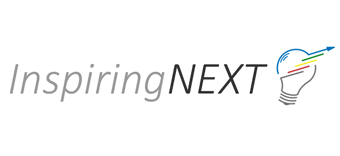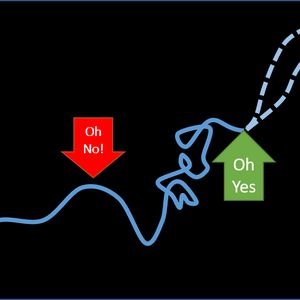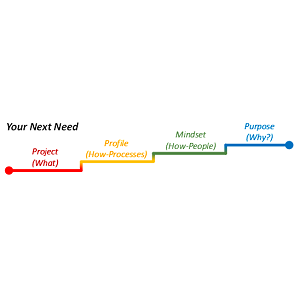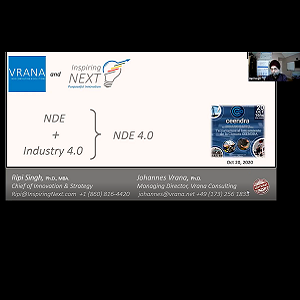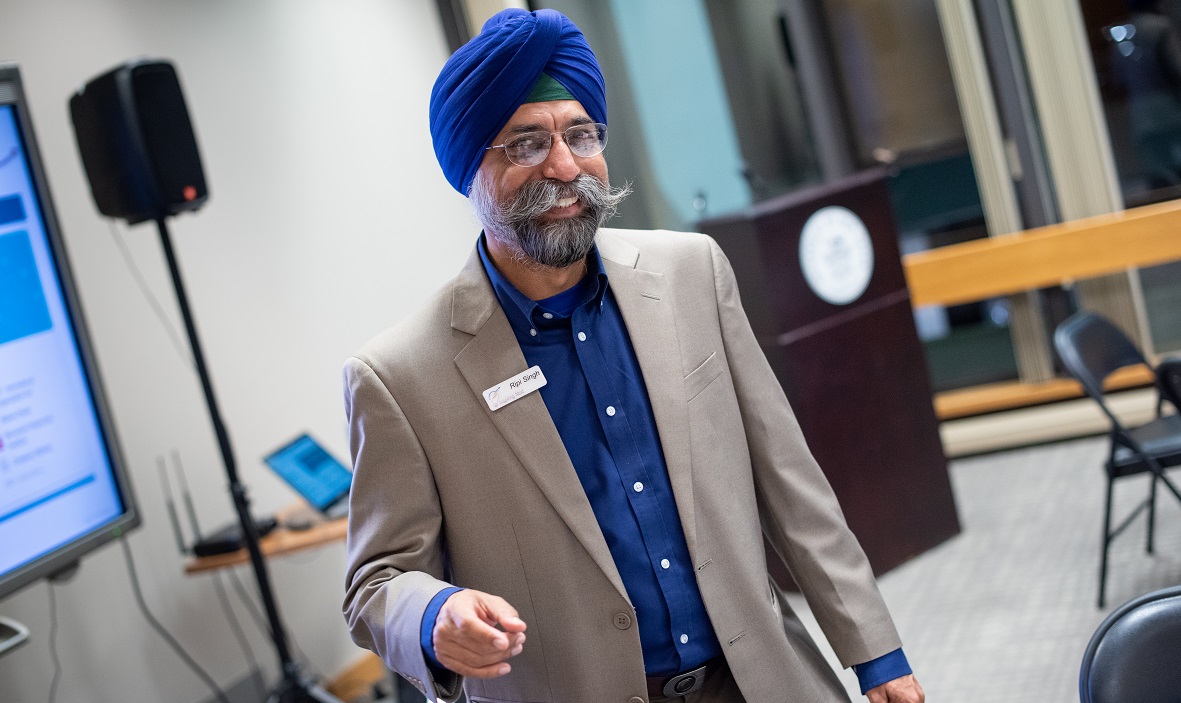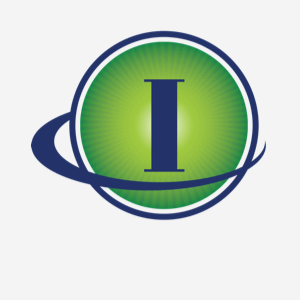Setting up a Successful Innovation Team
Really?
If innovation is a team sport, then right team is more important than a star player. Google learned from project Aristotle, that intangible norms make the difference, more than traditional characteristics of a successful project.
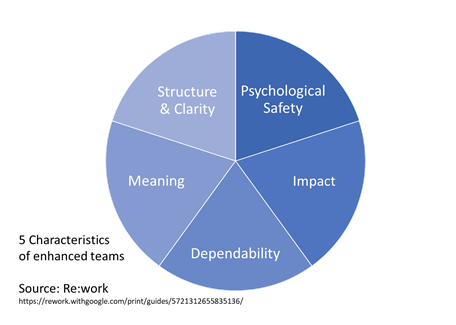
Building an Innovation Team
There are so many books, articles, trainings, workshops, and consultants on team building. I do not feel the need to add another. However, from personal experience as a career in technology leadership with fortune 500, and now innovation coaching, I am compelled to briefly share the following tips to building a strong innovation team.
- Pick the right team leader – Innovation mindset, explorer at heart.
- Provide a clear purpose, values, risk tolerance, and success criterion.
- Inspire ideation, support exploration, and accept failures (biggest item).
- Do not box the team in space, time, and policies.
- Let them challenge the status quo and question the norms and policies.
- Have fun-filled team events to build trustworthy bonds.
- Accept the fact that in an innovation team, not everyone is an innovator, nor does everyone need to be as creative either. You also need a social butterfly to stir up collaborations, and resolve personality differences,
True leaders build self-propelled high-performing teams. Individuals are inspired to personally excel and support others to succeed, collectively achieving much more than the sum of individual capacities and competencies. My limited experience and my mentors were not too far off from what Google discovered in a 2-year study through project Aristotle.
Google’s Dream-team
Google launched Project Aristotle to know why some teams excelled while others fell behind. Abeer Dubey, Google’s director of people analytics, put together a team of statisticians, organizational psychologists, sociologists, engineers, and researchers to help solve the riddle.
Over 2 years they studied 180 Google teams, conducted 200-plus interviews, and analyzed over 250 different team attributes. There was no clear pattern of characteristics that could be plugged into a dream-team generating algorithm. Things began to fall into place when Google started considering intangible group norms – the traditions, behavioral standards, and unwritten rules that govern how a team functions when it gathers. The intangible norms may be unspoken or openly acknowledged, but their influence could be often profound.
With a new lens and some added direction from a research study on collective intelligence (abilities that emerge out of collaboration) by a group of psychologists from Carnegie Mellon, MIT, and Union College, Project Aristotle’s researchers went back to the data looking for unspoken customs. Specifically, any team behaviors that magnified the collective intelligence of the group. Through Google’s Re:Work website (https://rework.withgoogle.com/print/guides/5721312655835136/), a resource that shares Google’s research, ideas, and practices on people operations, Rozovsky outlined the five key characteristics of enhanced teams.
Psychological safety: Psychological safety refers to an individual’s perception of the consequences of taking an interpersonal risk or a belief that a team is safe for risk-taking in the face of being seen as ignorant, incompetent, negative, or disruptive. In a team with high psychological safety, teammates feel safe to take risks around their team members. They feel confident that no one on the team will embarrass or punish anyone else for admitting a mistake, asking a question, or offering a new idea.
Dependability: On dependable teams, members reliably complete quality work on time (vs the opposite – shirking responsibilities).
Structure and clarity: An individual’s understanding of job expectations, the process for fulfilling these expectations, and the consequences of one’s performance are important for team effectiveness. Goals can be set at the individual or group level, and must be specific, challenging, and attainable. Google often uses objectives and key results to help set and communicate short- and long-term goals.
Meaning: Finding a sense of purpose in either the work itself or the output is important for team effectiveness. The meaning of work is personal and can vary, financial security, supporting family, helping the team succeed, or self-expression for everyone, for example.
Impact: The results of one’s work, the subjective judgment that your work is making a difference, is important for teams. Seeing that one’s work is contributing to the organization’s goals can help reveal impact.
Engineering the perfect team is more subjective than we would like but focusing on these five components increases the likelihood that you will build a dream team. Google found that teams with psychologically safe environments had employees who were less likely to leave, more likely to harness the power of diversity, and ultimately, who was more successful.
On the personal side, during one of the short phone conversations with an HR friend in Google, she asked “Ripi, can you help us understand how we can strengthen our innovation culture?” I had no answer since I always look up to Google for lessons in innovation. To me, they have the Robust & Resilient innovation profile. A week later, I realized that Google probably never stopped asking that question and that is why they are where they are. I also remember a conversation with a major auto supplier during their time of deep trouble with their product, noticeably confident in their innovation capability.
On the innovation side, I notice that followers claim they know how to innovate, while trendsetters like Google and Airbus keep asking how to innovate better?
“The problem with the world is that intelligent people are full of doubts, while the stupid ones are full of confidence.” – Charles Bukowski
In Summary,
Structured innovation also needs team norms that provide meaning and sense of psychological safety required to explore.
If you like this blog post, you will like my book – “Inspiring Next Innovation Framework” available on Amazon and “Inspiring Next Innovation Mindset” available on Amazon.
If you wish to engage with me in a conversation on developing Innovation Framework and building Innovation Mindset, register for my free webinars on Mar 18, 2021 and April 01, 2021, co-hosted by Nerac.
